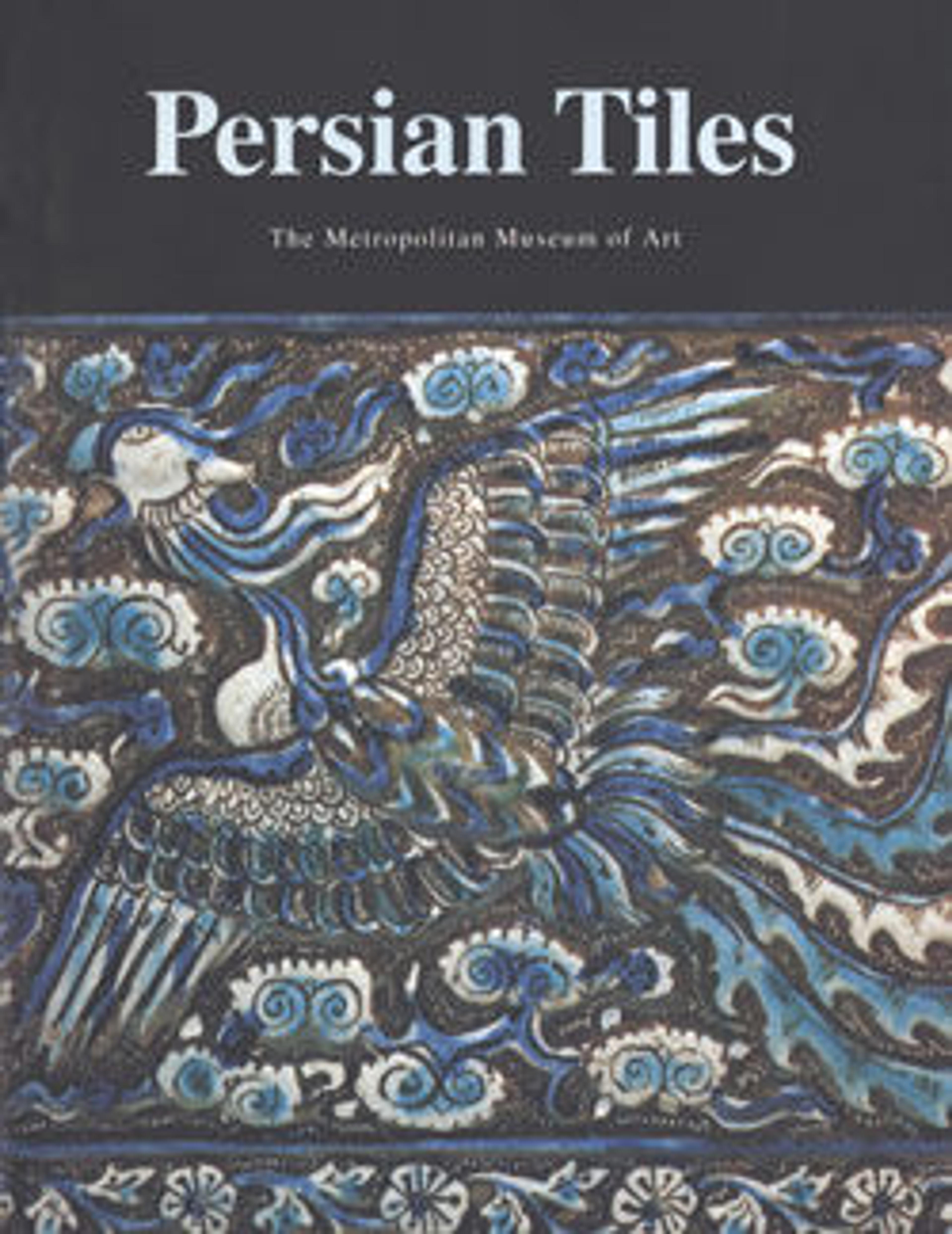Hexagonal Tile
This tile belongs to a unique group of monochrome glazed, molded relief tiles excavated from a palace at Ghazni, in modern Afghanistan. The decoration on this group consists of animals in heraldic poses (as seen here), as well as vegetal scrolls and calligraphy, often surrounded by beaded borders. The excavation stratigraphy dates them to the early thirteenth century, the period of the city’s Ghurid rule. They were probably manufactured in Ghazni especially for the palace.
This tile belongs to a series found in Ghazni, the capital of the Ghaznavid dynasty ( 977–1187), in a house destroyed during the Mongol invasion of 1221. Most of the tiles in the series are square, though some are polygonal, and are molded in relief with animals, plants, or, occasionally, inscriptions. Even though these tiles are unique in style, their decoration shows affinities with pre-Islamic motifs from Susa, such as the "pearl" borders and the animals in profile within a frame.
This tile belongs to a series found in Ghazni, the capital of the Ghaznavid dynasty ( 977–1187), in a house destroyed during the Mongol invasion of 1221. Most of the tiles in the series are square, though some are polygonal, and are molded in relief with animals, plants, or, occasionally, inscriptions. Even though these tiles are unique in style, their decoration shows affinities with pre-Islamic motifs from Susa, such as the "pearl" borders and the animals in profile within a frame.
Artwork Details
- Title: Hexagonal Tile
- Date: early 13th century
- Geography: Found Afghanistan, Ghazni
- Medium: Stonepaste; molded and monochrome glazed
- Dimensions: H. 2 1/4 in. (5.7 cm)
W. 4 7/16 in. (11.3 cm)
D. 1/2 in. (1.3 cm) - Classification: Ceramics-Tiles
- Credit Line: Gift of Marjorie Schwarz, in memory of Herbert F. and Dorothy C. Schwarz, 1975
- Object Number: 1975.193.7
- Curatorial Department: Islamic Art
More Artwork
Research Resources
The Met provides unparalleled resources for research and welcomes an international community of students and scholars. The Met's Open Access API is where creators and researchers can connect to the The Met collection. Open Access data and public domain images are available for unrestricted commercial and noncommercial use without permission or fee.
To request images under copyright and other restrictions, please use this Image Request form.
Feedback
We continue to research and examine historical and cultural context for objects in The Met collection. If you have comments or questions about this object record, please complete and submit this form. The Museum looks forward to receiving your comments.
